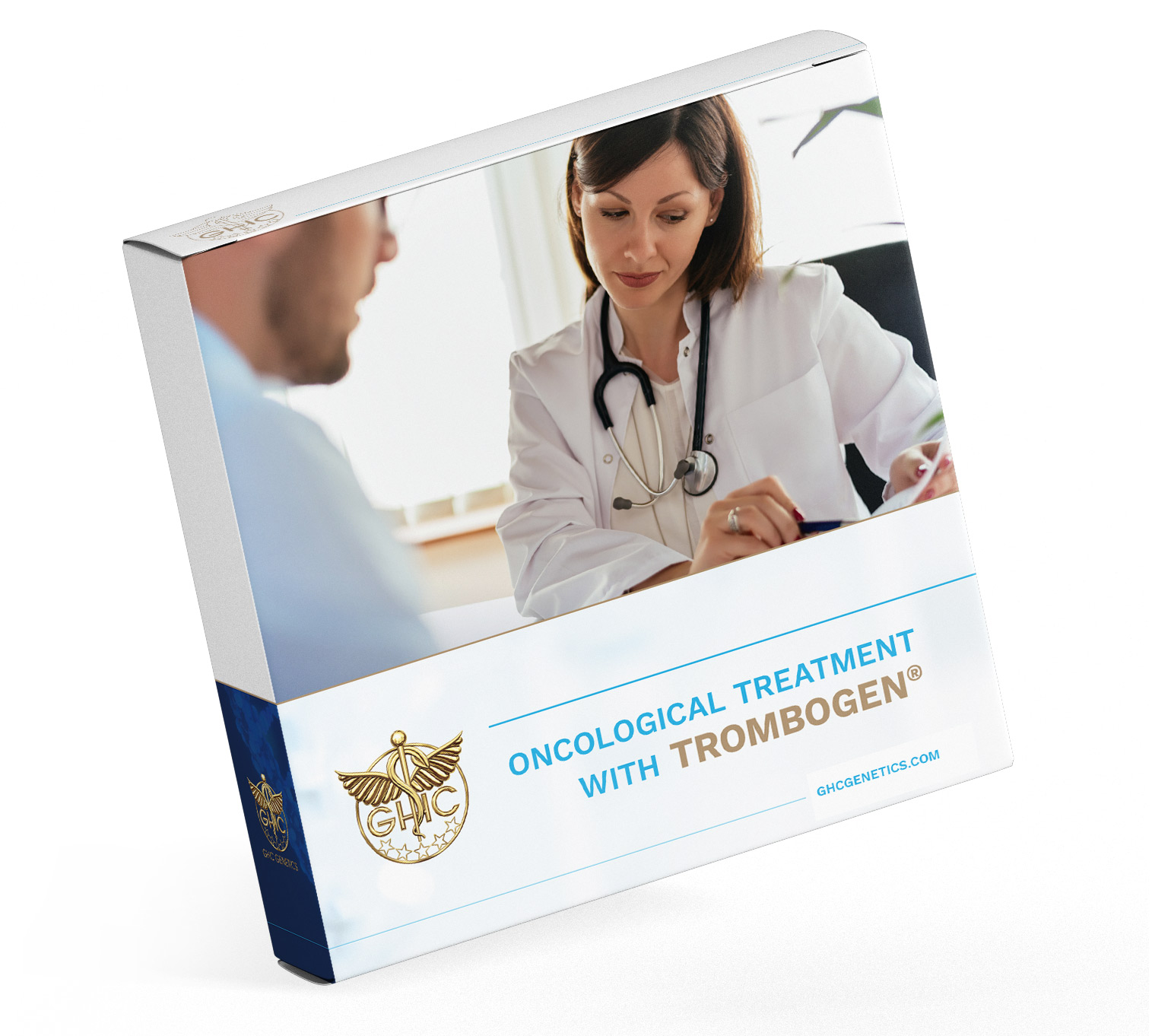| Analysis methods | Availability | Number of genes | Test code | Retail Price |
|---|---|---|---|---|
| PCR | 3 – 4 weeks | GHC 040 | £ TBA |
Detailed information
Deep vein thrombosis and pulmonary embolism are a frequent complication of
malignant diseases. Patients treated for a malignant tumour run an approx. 6 x higher
risk of developing thrombosis compared to the healthy population. The increased
incidence of thromboembolic disease applies to patients with solid tumours,
patients suffering from haematological malignancies as well as hospitalised patient
and those undergoing surgery.
Patients suffering from malignancies account for about 20% of all patients with
deep vein thrombosis. The risk for such patients differs, depending on the type of
tumour, concurrent medication and treatment.
Thromboembolic disease affects approx. 11 % of cancer patients and is
the second most frequent cause of death in patients with malignancies.
The risk of thromboembolic disease further increases, if the oncological patient
carries a hereditary genetic predisposition to increased blood hypercoagulabilitythrombosis
and pulmonary embolism.
There is a danger, if...
-
You have experienced venous thromboembolism and/or pulmonary embolism.
You have had myocardial infarction and/or a stroke at a younger age.
You have repeatedly spontaneously miscarried in the past.
Any of these complications occurred during your pregnancy: placental
abruption, placental infarction, pre-eclampsia (increased blood pressure and
renal failure), delayed foetal growth, cleft defects of the foetus’s spine and
spinal cord, foetal death during pregnancy.
Any of your blood relatives (especially siblings, parents or children) have had
venous thrombosis and/or pulmonary embolism.
Your direct blood relative (parent, sibling, offspring) had myocardial infarction
and/or a stroke at a younger age.
Can this be prevented?
The TromboGen® genetic test can help you find out if you have a congenital predisposition for blood clotting. If you have an increased genetic risk, you will be advised on appropriate treatment and preventive monitoring to prevent the above complications. It is also important to follow general recommendations for the prevention of thrombosis.
How is the test done?
Your gynaecologist will go over your personal and family medical history with you and based on this information he/she will determine whether the TromboGen® test will be reimbursed by your health insurance company or not. Once you have signed the informed consent form, either a swab of your mouth will be taken or a blood sample will be collected. Once the genetic analysis is finished, your physician will receive a report with the results and based on these he / she will recommend suitable preventive measures. If a mutation is uncovered, you will be referred for genetic consultation (there, it will be recommended that the rest of your family members undergo testing) and for a haematological exam.
